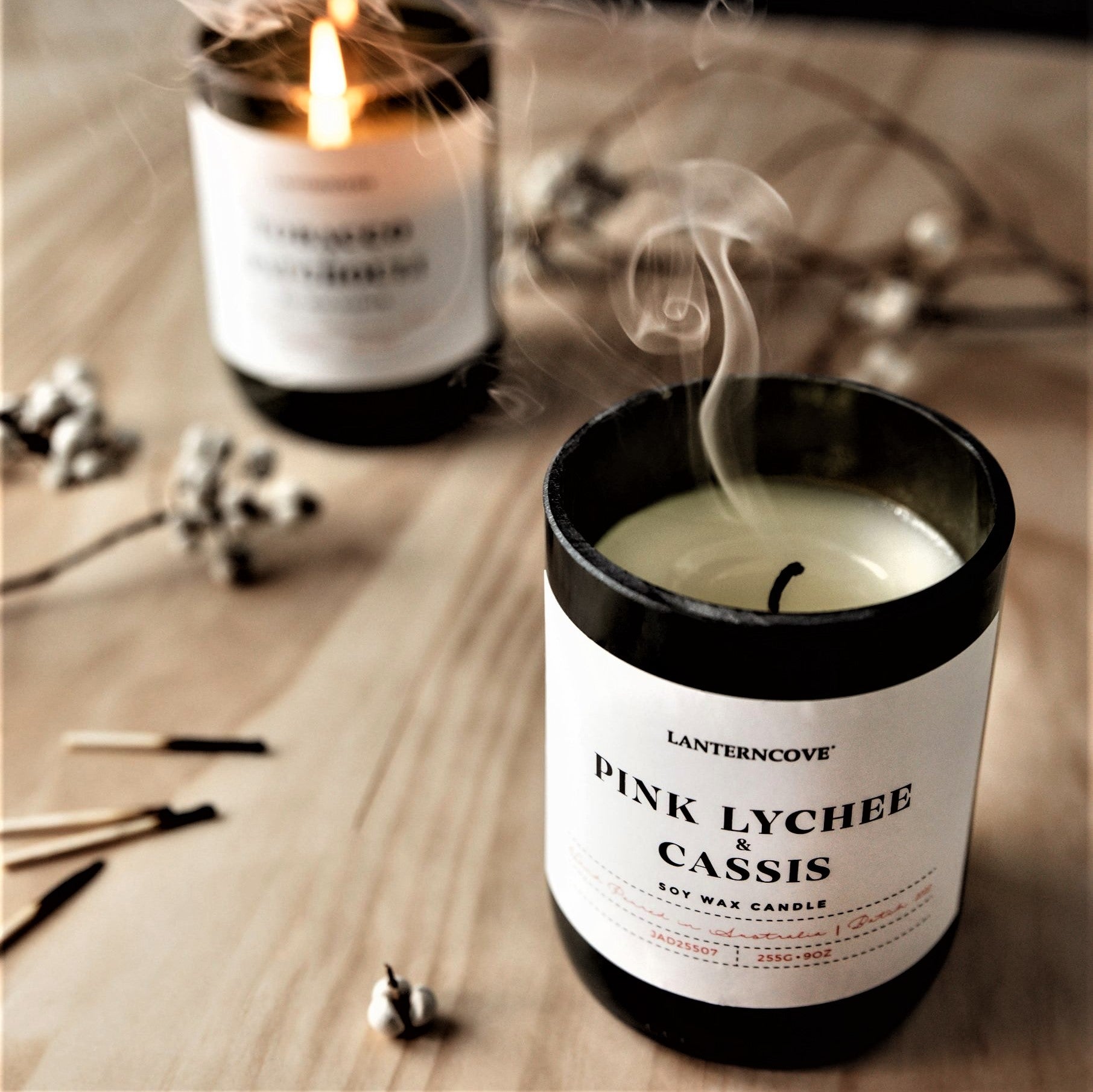Shop Sustainable Soy Wax Candles and Home Fragrance Collections
Shop Sustainable Soy Wax Candles and Home Fragrance Collections
Blog Article
From Wick to Wax: Recognizing the Chemistry Behind Soy Wax Candles and Their Environmental Influence
As we brighten our rooms with the cozy glow of candles, there exists a realm of complex chemistry behind the apparently simple act of lighting a soy wax candle. The option in between soy and paraffin wax extends past mere aesthetics, diving into the realm of ecological impact and the very make-up of the products. Understanding the molecular structure of soy wax and its burning procedure loses light on the discharges released right into our environments. Join us as we untangle the clinical details behind soy wax candle lights and discover their effects on our environment.
Soy Wax Vs. Paraffin Wax
When comparing soy wax and paraffin wax for candle making, it is vital to understand the distinct features and benefits of each product. Soy wax is a natural, eco-friendly source originated from soybean oil, making it environmentally friendly and biodegradable - soy candles. On the other hand, paraffin wax is a byproduct of oil refining, which elevates problems about its ecological effect and sustainability
Soy wax candles burn cleaner and produce much less residue contrasted to paraffin wax candle lights, making them a much healthier selection for interior air top quality. In addition, soy wax has a reduced melting point, enabling a longer-lasting candle that disperses fragrance extra effectively. Paraffin wax, on the various other hand, tends to burn faster and much less cleanly, potentially releasing harmful chemicals right into the air.
From a sustainability viewpoint, soy wax is preferred for its biodegradability and renewable sourcing, lining up with the expanding consumer choice for environmentally mindful products. While paraffin wax has been a traditional selection in candle light making because of its affordability and simplicity of use, the shift towards green alternatives like soy wax is obtaining momentum in the industry.
Chemical Composition of Soy Wax

Burning Refine in Soy Candles
The chemical composition of soy wax straight influences the burning procedure in soy candle lights, influencing elements such as shed time, scent release, and environmental influence. When a soy candle light is lit, the heat from the fire melts the wax near the wick.
The combustion effectiveness of soy candles is affected by the pureness of the soy wax and the top quality of the wick. A clean-burning soy candle top article light with a properly sized wick will produce a constant flame and decrease soot development. This not only extends the melt time of the candle however likewise boosts the launch of scents. Furthermore, soy wax candle lights have a lower environmental impact compared to paraffin candles because of their renewable and naturally degradable nature. More hints

Environmental Benefits of Soy Wax

Taken into consideration a lasting choice to standard paraffin wax, soy wax offers noteworthy ecological benefits that make it a prominent selection among eco-conscious customers. One significant benefit of soy wax is its sustainable sourcing. Soy wax is stemmed from soybean oil, which is predominantly cultivated in the United States. The growing of soybeans helps support local farmers and reduces the dependence on non-renewable nonrenewable fuel sources made use of in paraffin wax manufacturing. Furthermore, soy wax is biodegradable, meaning it damages down normally without releasing unsafe toxins into the environment. This particular makes soy wax candle lights a much more eco pleasant choice contrasted to paraffin wax candle lights, which are made from oil, a non-renewable resource. Additionally, soy wax burns cleaner and generates less soot than paraffin wax, contributing to better interior air top quality and decreasing the demand for cleansing and upkeep. Overall, the ecological benefits of soy wax align with the growing demand for lasting and eco-friendly items on the market.
Recycling and Disposal Factors To Consider
Recycling and correct disposal of soy wax candle lights play an essential duty in preserving ecological sustainability and decreasing waste in communities and homes. When it comes to recycling soy wax candle lights, the very linked here first action is to make sure that the candle light has shed totally.

In regards to disposal, if recycling is not a choice, soy wax candles are eco-friendly and can be securely taken care of in most family waste systems. It is constantly advised to examine with neighborhood recycling facilities or waste management services for details standards on candle light disposal to ensure correct handling and ecological security.
Verdict
In final thought, the chemistry behind soy wax candles reveals their environmental advantages over paraffin wax candle lights. Soy wax, derived from soybean oil, burns cleaner and generates less residue when compared to paraffin wax.
When contrasting soy wax and paraffin wax for candle light production, it is vital to understand the unique attributes and benefits of each product (soy candles).Soy wax candles shed cleaner and send out less residue compared to paraffin wax candle lights, making them a healthier choice for interior air top quality.Considered a sustainable choice to traditional paraffin wax, soy wax offers significant environmental benefits that make it a popular choice amongst eco-conscious consumers. Soy wax burns cleaner and creates much less soot than paraffin wax, adding to better indoor air high quality and reducing the need for cleaning and upkeep.In verdict, the chemistry behind soy wax candle lights discloses their environmental benefits over paraffin wax candles
Report this page